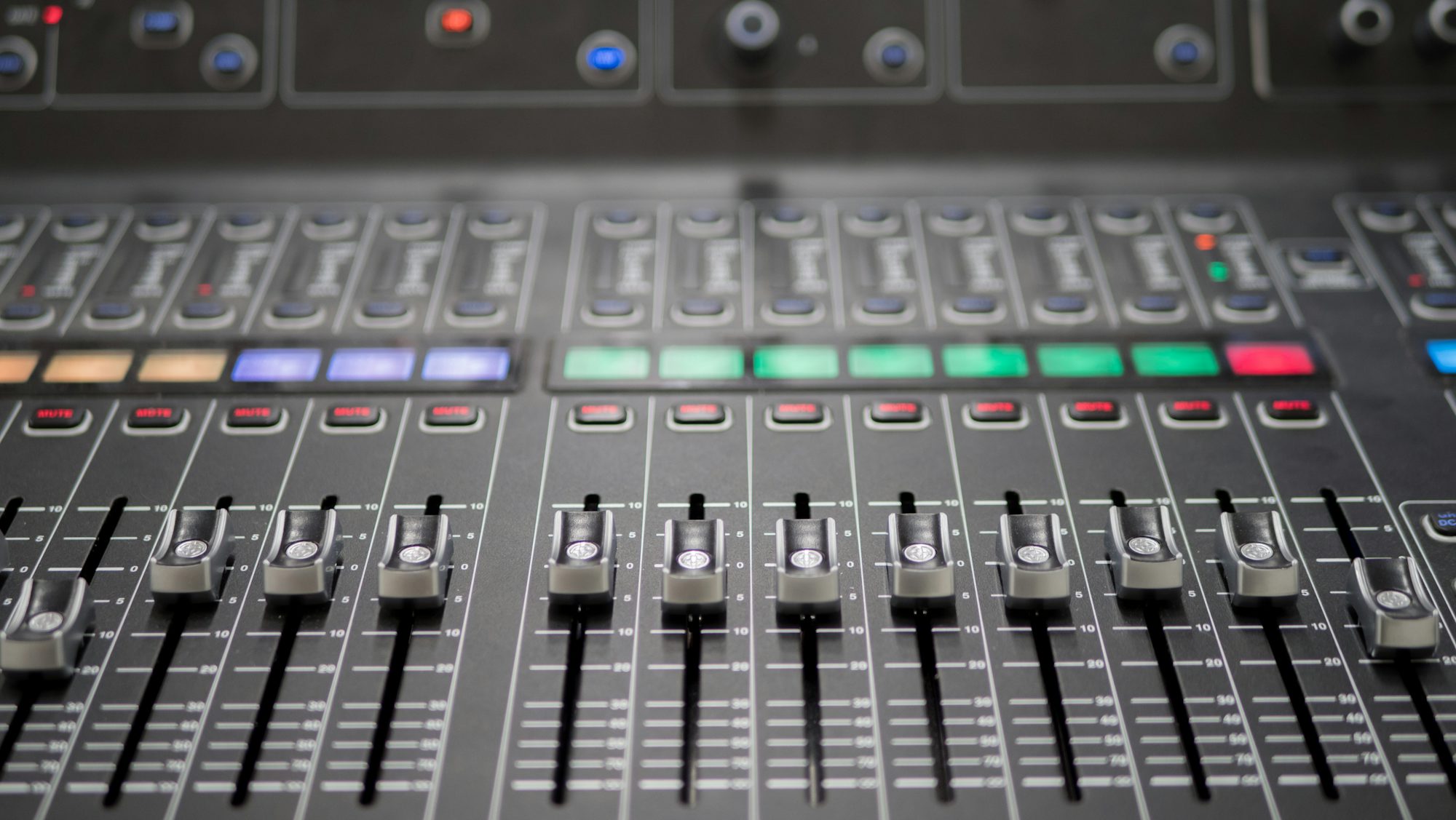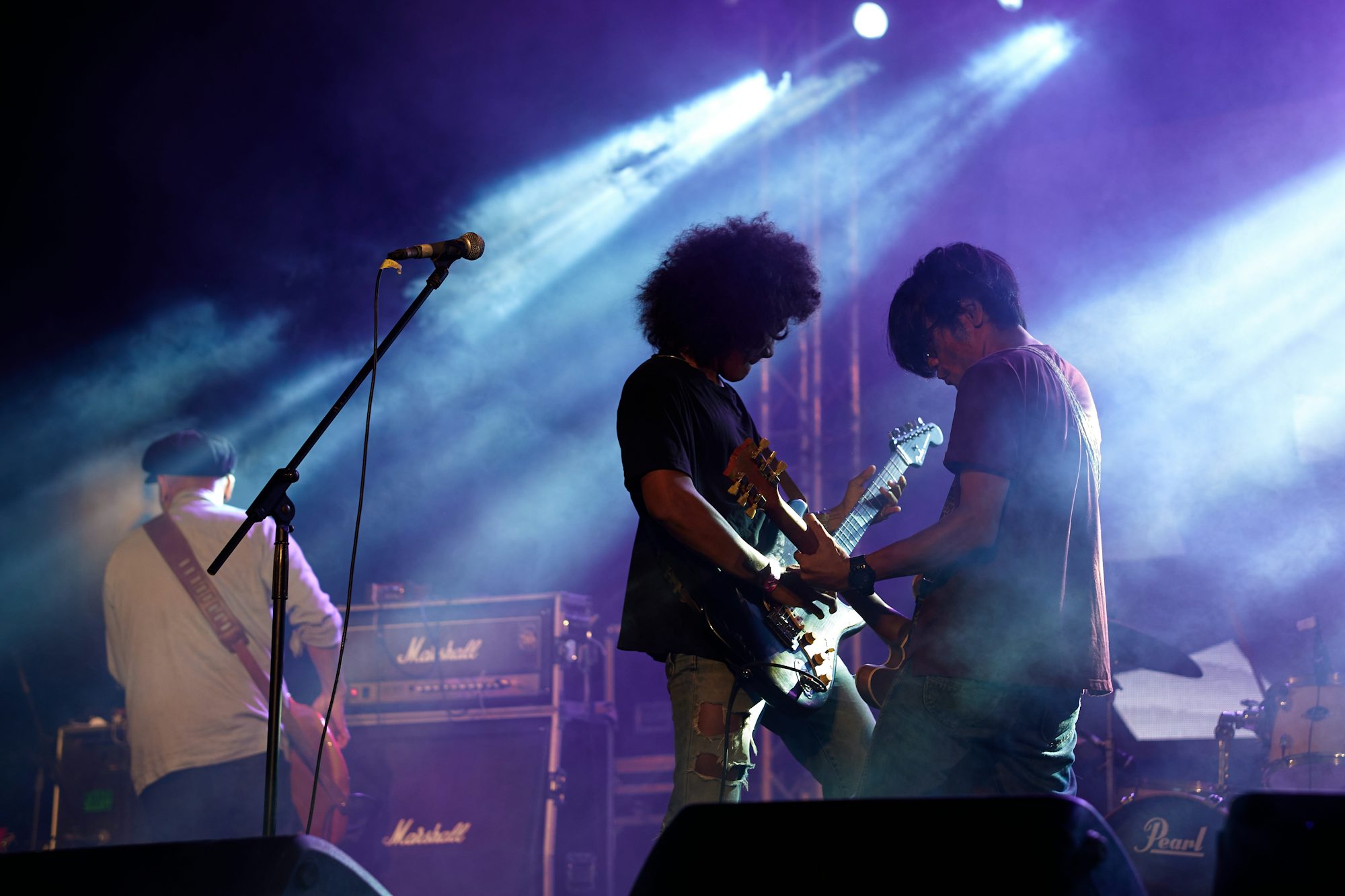Music production is an intricate art form that combines technology, creativity, and collaboration to craft the sounds that shape our listening experiences. In today’s digital age, the process of producing music has become more accessible and diverse, allowing artists to experiment with various styles and techniques. This article explores the key elements of music production, the tools used by producers, and the evolving landscape of the industry.
Understanding Music Production
At its core, music production involves transforming an artistic vision into a polished audio track. This process encompasses several stages, including songwriting, recording, editing, mixing, and mastering. Each phase requires a different set of skills and tools, and collaboration between artists and producers is often crucial to achieving the desired sound.
The Songwriting Process
Songwriting is the foundation of music production. Whether working solo or collaborating with other musicians, the songwriting process involves crafting melodies, lyrics, and chord progressions. Many producers encourage artists to experiment with their songwriting, exploring different themes and styles to develop a unique sound.
In the digital age, songwriting has also adapted to technology. Artists can utilize software tools to create beats, harmonies, and arrangements, allowing for greater flexibility and experimentation. This accessibility has led to a flourishing of genres, with artists drawing inspiration from various musical traditions and cultures.
Recording Techniques
Once a song is written, the next step is recording. This stage captures the performances of musicians and vocalists, bringing the written material to life. In professional studios, high-quality microphones, preamps, and soundproofing are used to ensure the best possible sound quality. However, with advancements in technology, many artists are now able to record high-quality tracks from home studios, utilizing affordable equipment and software.
One popular technique in modern recording is layering, where multiple takes of instruments or vocals are recorded and stacked to create a fuller sound. This method allows producers to experiment with different textures and dynamics, adding depth to the final mix. Additionally, recording techniques such as overdubbing enable artists to build complex arrangements without the need for a full band.
The Role of Digital Audio Workstations (DAWs)
Central to modern music production is the Digital Audio Workstation (DAW). DAWs are software platforms that allow producers to record, edit, and mix audio tracks. Popular DAWs like Ableton Live, Logic Pro, and Pro Tools offer a range of tools and features to streamline the production process.
Producers can manipulate audio clips, add effects, and arrange tracks with ease. The flexibility provided by DAWs allows for creativity to flourish, enabling artists to experiment with sound in ways that were previously unimaginable. Furthermore, the ability to collaborate remotely through DAWs has transformed how musicians work together, making it easier for artists to connect across distances and share their ideas.
Mixing: The Art of Balance
After recording, the next critical phase is mixing. Mixing is the process of combining all the individual audio tracks into a cohesive whole. This stage involves adjusting levels, panning instruments within the stereo field, and applying effects such as reverb, compression, and equalization.
A skilled mixing engineer carefully balances each element of the track to ensure clarity and impact. The goal is to create a polished sound that enhances the emotional impact of the music. Mixing can be a subjective process, as different producers may have varying approaches and preferences, resulting in unique sonic signatures.
Mastering: The Final Touch
The final stage of music production is mastering, where the mixed track is prepared for distribution. Mastering involves applying a final set of adjustments to ensure the track sounds its best across different playback systems, from streaming platforms to radio and vinyl records. This phase includes optimizing volume levels, enhancing clarity, and ensuring consistency between tracks on an album.
Mastering is often performed by specialized engineers who have a deep understanding of audio dynamics and a trained ear for detail. The mastering process is crucial in achieving a professional sound and can significantly influence how listeners perceive the music.
Tools of the Trade
Recording Equipment
While many artists and producers work in professional studios, home recording setups have become increasingly popular. Essential recording equipment includes microphones, audio interfaces, and headphones. High-quality microphones capture vocals and instruments with precision, while audio interfaces facilitate the connection between instruments and computers.
Instruments and Synthesizers
In addition to traditional instruments, electronic instruments and synthesizers play a significant role in modern music production. Synthesizers allow producers to create a wide range of sounds, from lush pads to punchy bass lines. The ability to manipulate waveforms and modulation opens up endless possibilities for sonic exploration.
Effects and Plugins
Producers also utilize a variety of effects and plugins to enhance their tracks. Effects such as delay, distortion, and chorus can add character and depth to recordings. Many DAWs come with built-in effects, while countless third-party plugins are available to expand a producer’s sonic palette.
The Evolving Landscape of Music Production
Independent Artists and Home Studios
The rise of digital technology has democratized music production, enabling independent artists to produce high-quality music without the need for a major record label. Home studios have become commonplace, with artists using accessible technology to create and release their work. This shift has led to an explosion of creativity and diversity in the music industry, as more voices are able to share their art.
Collaboration and Globalization
Collaboration has also evolved in the digital age. With the internet facilitating remote work, artists can collaborate with producers and musicians from around the world. This globalization of music has enriched the industry, allowing for cross-cultural exchanges that inspire new sounds and styles.
The Influence of Social Media
Social media platforms have become essential for artists to promote their music and connect with fans. Musicians can share their creative process, engage with audiences, and build a community around their work. The immediacy of social media allows artists to receive feedback and gauge interest in their music, further influencing their production choices.
Conclusion
The art of music production is a dynamic and ever-evolving field, shaped by technological advancements and the creative spirit of artists. From the initial stages of songwriting to the final touches of mastering, each step in the production process plays a crucial role in bringing music to life. As technology continues to innovate and reshape the landscape, the possibilities for creativity in music production are limitless, allowing artists to explore new horizons and connect with audiences like never before.


